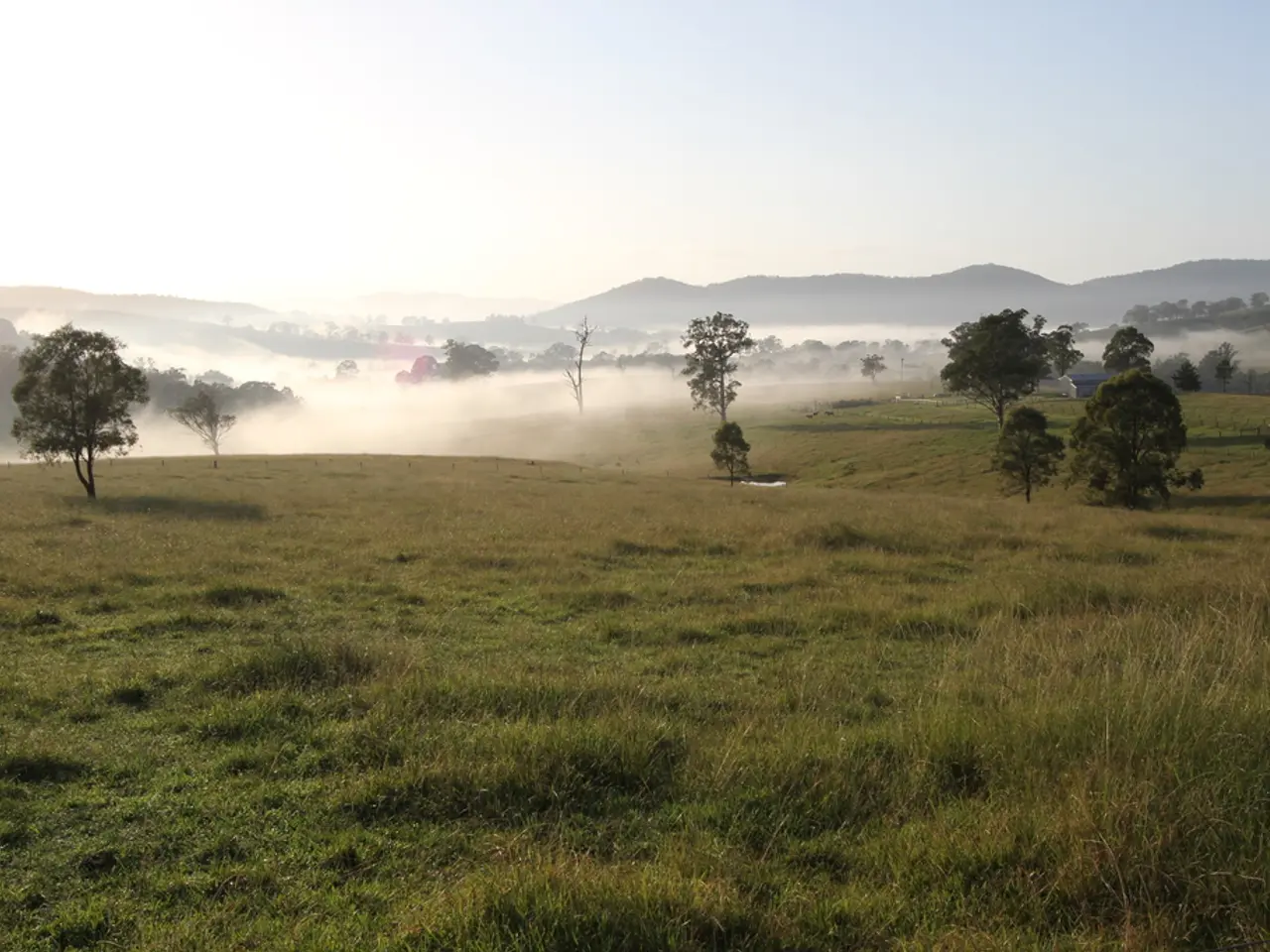Instructions for Planting a Hedge
Traditional Hedge-Laying Styles in England: Preserving a Rich Agricultural Heritage
Hedge-laying, a centuries-old skill used to create living fences, is still practiced across England today. Each county has its own unique style, reflecting local customs, landscape, and hedge species. Here's a look at some of the main recognized styles:
1. Midland Style (Bullock Style)
Known for its neat and tidy appearance, the Midland Style, also called the Bullock Style, is popular in the Midlands counties. The laid stems (pleachers) are slanted at an angle and incorporated into a structured lay, creating a dense, impenetrable barrier.
2. Dorset Style
The Dorset Style is less neat compared to the Midland Style but is very practical. The stems are laid at a shallower angle, giving a rougher, thicker hedge appearance. This style is well-suited to the local shrub species and terrain in Dorset and is favored for functionality over aesthetics.
3. South of England Style
The South of England Style is characterized by coppicing and carefully preparing the hedge materials before laying. This style is commonly practiced in regions like Surrey and involves laying the pleachers into a prepared bank with stakes and bindings to hold them upright.
Other traditional hedge-laying styles exist, each tied closely to local practices and the hedge plants available. For example, the Welsh Border method uses hazel stakes that are sometimes driven in at a 35-degree slant.
Hedge-Laying Today
Hedge laying is a seasonal job carried out between October and March. During this time, materials for hedge-laying, such as hazel and ash, can be easily sourced. The original aim of hedge laying was to prevent livestock from straying, but today it also serves as a means of creating beautiful, natural boundaries.
The National Hedge Laying Championship
The annual National Hedge Laying Championship showcases the skill involved in hedge-laying. Companies like Morris & Sons Ltd., which has been making billhooks and other tools since the 1800s, play a crucial role in preserving this traditional craft.
Learning More
For those interested in learning more about traditional hedge-laying styles, the National Hedge Laying Society provides information on courses and details of professional hedge-layers. Additionally, Coppice Products offers details of local hedge-layers and locally sourced coppice products.
The Process
The first step in hedge laying is to remove the lower side branches. When cutting into the stem or 'pleacher', make the cut at an angle just above ground level. Stems should be laid down along the length of the hedge with some upward slant. Stakes are driven in at intervals of around 50cm to add strength and stability to the hedge. Binders, made of thin, flexible hazel rods, are used to bind the stakes together. When the hedge is firmly bound, the cleft stumps are cut down to just above ground level.
In summary, traditional county styles differ mainly in the angle and neatness of the laid stems, size and shape of the hedge, and use of local plant species and bank structures. These styles evolved regionally, reflecting practical needs and landscape character. For a more detailed understanding, local hedgelaying courses or historical agricultural writings from each county can provide valuable insights.
- A beautiful home-and-garden, rich in traditional landscaping, might include a traditional English hedge-laying style, such as the Dorset Style, lending a practical, thick, and rough natural border to the property.
- The hobby of gardening extends far beyond tending plants; an enthusiast might even delve into the ancient skill of hedge-laying, learning styles like the Midland Style for creating tidy, structured gardens.
- Incorporating elements of home-and-garden design with a nod to the region's history, one could opt for a South of England Style hedge-laying technique, characterized by coppicing and a focus on aesthetics, in their charming country garden.




